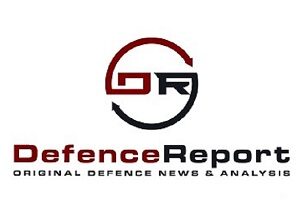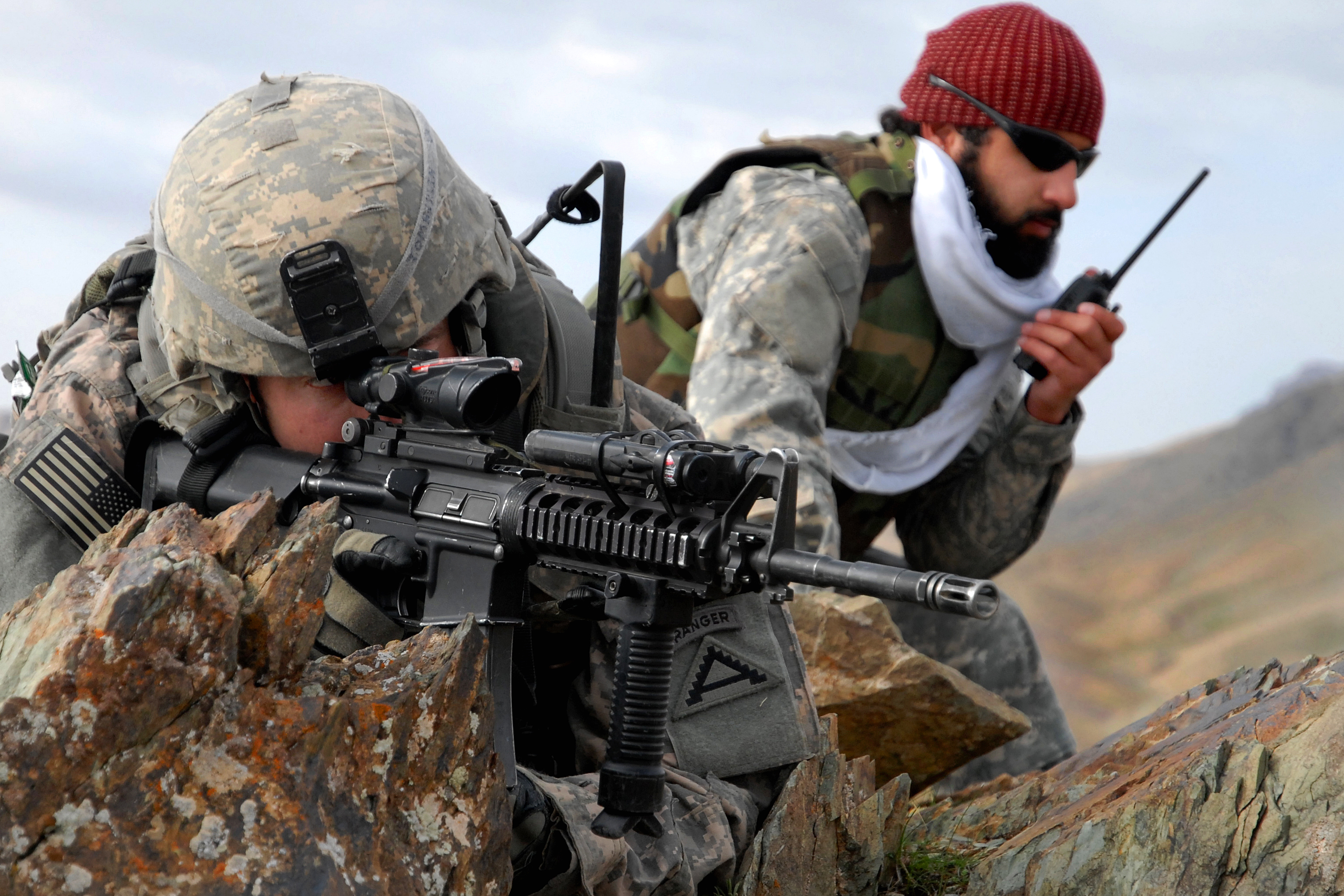30 August 2016
by Scott Nicholas Romaniuk and Tobias Burgers
Joint Operation Doctrines combine all branches of a military’s tactical, operational and strategic capabilites into a fluid form to meet the challenges in a theatre. The ability to create this war-fighting fluidity is extremely important in any war, especially now with the rise of terrorism and violent non-state actors. The wars in Afghanistan and Iraq have made the US to review its Joint Operation approach and its structure. However as Romaniuk and Burgers suggest this has been an ongoing evolution through many of America’s wars.
Feature photo / “US Soldier in Zabul Province, Afghanistan.” – Wikimedia Commons, 2016
DefenceReport’s Analysis is a multi-format blog that is based on opinions, insights and dedicated research from DefRep editorial staff and writers. The analysis expressed here are the author’s own and are separate from DefRep reports, which are based on independent and objective reporting.


